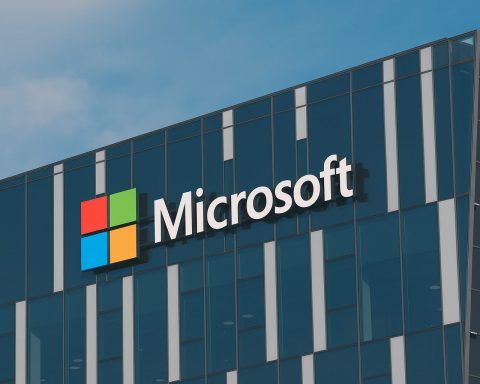- What happened? On Oct. 29, 2025 (morning PT), a major cloud outage struck Microsoft’s infrastructure. Azure’s cloud platform, Microsoft 365 (Office 365/Teams), Xbox Live and other services abruptly went offline around 9 AM Pacific. DownDetector reports peaked at ~16,600 outage complaints for Azure and ~9,000 for Microsoft 365 [1]. Users worldwide – from corporate IT admins to gamers – found key apps (email, Teams, gaming, etc.) inaccessible. One live-reporting site saw spikes of “close to 10,000” simultaneous problem reports across Microsoft platforms [2].
- Microsoft’s response: Azure’s official status page confirmed the disruption, saying it is “investigating an issue with the Azure Portal where customers may be experiencing issues accessing the portal” [3]. Microsoft engineers rapidly deployed mitigations. (Earlier this month, a similar Azure Front Door outage on Oct. 9 – caused by a backend capacity glitch – temporarily knocked out M365 portals [4].)
- Impact and scope: The downtime was widespread. Businesses reported being locked out of cloud PCs, Exchange email, Teams meetings and admin consoles. Consumers also saw Xbox and even the Microsoft Store services go dark [5]. In many regions (Europe, Africa, Asia, Americas), thousands of corporate networks and apps relying on Azure came to a halt. Experts warn such failures “underscore the dependence on Microsoft’s cloud – and the chaos when it hiccups” [6].
- Market & analysts: MSFT stock dipped only modestly on the news. Shares traded in the mid-$500s (around $540) on Oct. 29, roughly 20% higher year‑over‑year [7]. Wall Street remains broadly bullish: according to tech news outlet TS2, 33 of 34 analysts rate Microsoft a “Buy,” with a consensus price target near $618 (about 20% above current levels) [8]. (Even a recent tip calculated roughly $563–626 as year‑end 2025 targets.) Overall the market expects Microsoft’s robust cloud and AI businesses to offset occasional outages.
- Expert perspective: Industry observers note that recurring downtime is fueling calls for backup plans. Google, for example, is already marketing a Workspace “Business Continuity” plan that runs Gmail/Drive in parallel with M365. Google’s Workspace chief Ganesh Chilakapati has openly blamed “architectural brittleness” in Microsoft’s cloud, arguing Google offers a more “resilient and secure AI workspace” for customers tired of outages [9]. Google has even gone so far as to say it’s “a question of when and for how long, not if” Microsoft 365 will fail [10]. This rhetoric reflects frustration among IT pros: one report summed it up saying such disruptions “underscore… the chaos when [Microsoft’s cloud] hiccups” [11].
- Outlook: In the short term, Microsoft’s priority is restoring service and nailing down the root cause. Analysts expect the fallout to be limited (many large customers build in redundancy). Over the longer term, the episode highlights the risks of cloud centralization. Observers advise companies to bolster contingency plans (multi-cloud strategies, real-time backups, etc.) so a single outage can’t cripple operations. Meanwhile, investors will watch Microsoft’s upcoming earnings and reliability improvements closely. Despite today’s glitch, most experts still forecast rising Azure revenue and remain confident in Microsoft’s leadership, as reflected in those high analyst price targets [12].
Sources: News reports and outage trackers (Downdetector) [13] [14]; Microsoft service alerts [15]; tech news and analyst commentary [16] [17] [18] [19]. These figures and quotes come from verified reporting on the Oct. 29, 2025 outages and related industry analysis.
References
1. www.streetinsider.com, 2. www.tomsguide.com, 3. www.streetinsider.com, 4. www.bleepingcomputer.com, 5. www.tomsguide.com, 6. ts2.tech, 7. ts2.tech, 8. ts2.tech, 9. www.channelnews.com.au, 10. ts2.tech, 11. ts2.tech, 12. ts2.tech, 13. www.streetinsider.com, 14. www.tomsguide.com, 15. www.streetinsider.com, 16. ts2.tech, 17. ts2.tech, 18. www.channelnews.com.au, 19. www.bleepingcomputer.com









